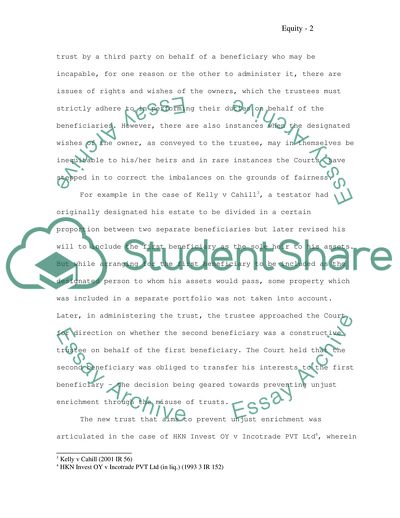Cite this document
(Equity and Trust Assignment Example | Topics and Well Written Essays - 3000 words, n.d.)
Equity and Trust Assignment Example | Topics and Well Written Essays - 3000 words. https://studentshare.org/law/1702953-equity-trust-law-assignment
Equity and Trust Assignment Example | Topics and Well Written Essays - 3000 words. https://studentshare.org/law/1702953-equity-trust-law-assignment
(Equity and Trust Assignment Example | Topics and Well Written Essays - 3000 Words)
Equity and Trust Assignment Example | Topics and Well Written Essays - 3000 Words. https://studentshare.org/law/1702953-equity-trust-law-assignment.
Equity and Trust Assignment Example | Topics and Well Written Essays - 3000 Words. https://studentshare.org/law/1702953-equity-trust-law-assignment.
“Equity and Trust Assignment Example | Topics and Well Written Essays - 3000 Words”. https://studentshare.org/law/1702953-equity-trust-law-assignment.


